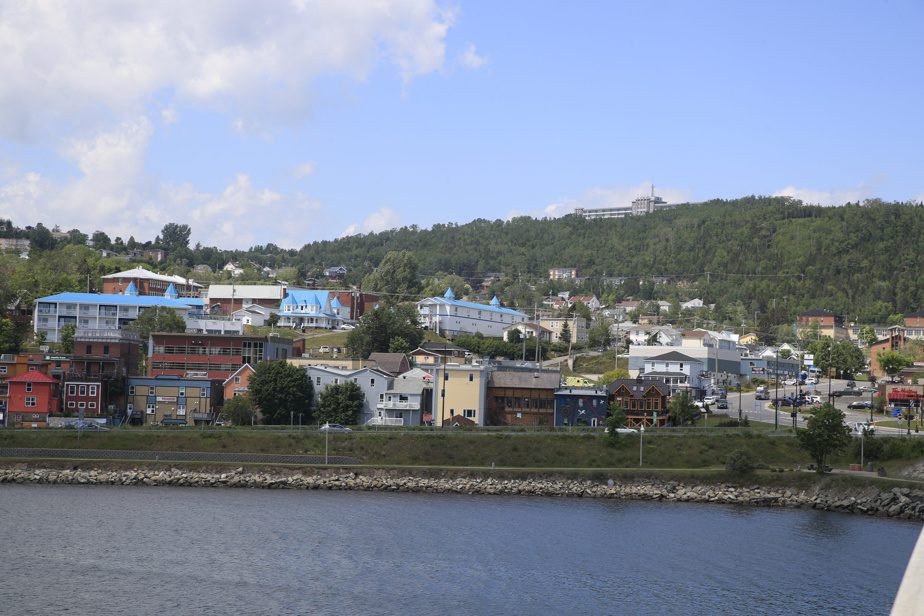From Gatineau to Gaspé, via Granby, the housing crisis is raging everywhere in Quebec. All municipalities in the province have a vacancy rate that favors homeowners, with the exception of Mont-Laurier.
Spokesperson for the Popular Action Front in Urban Redevelopment (FRAPRU), Véronique Laflamme speaks of an “extremely difficult” situation throughout the province. “People are very, very, very worried, even discouraged about not finding housing. Even people who have a little more means have difficulty. »

PHOTO DOMINICK GRAVEL, LA PRESSE ARCHIVES
Véronique Laflamme, FRAPRU spokesperson
The vacancy rate remains the best tool for drawing up a balance sheet. It indicates the percentage of vacant rental units in an area. At the equilibrium rate of 3%, the housing supply is sufficient to meet the demand. A lower percentage means a housing shortage. And who says housing shortage says rising rents, as is currently the case.
The rate is less than 3% in 40 of the 41 cities in Quebec where this statistic was compiled. There are therefore 40 cities out of 41 where owners have an advantage over tenants. The most recent data from the Canada Mortgage and Housing Corporation (CMHC), published last January, already raised concerns. The situation will only get worse, according to the organization’s economist, Francis Cortellino. “Rates will stay low. »
1er July is often the time when the worst symptoms of the crisis surface, but the crisis is present all year round, underlines Véronique Laflamme.
Numbers at 1er July is still the tip of the iceberg.
Véronique Laflamme, FRAPRU spokesperson
The “best” and the “worst”
The list of the five lowest rates shows that, in some municipalities, no rental housing is available. As in Roberval, Gaspé and Sainte-Sophie, where the rate is 0.0%.

INFOGRAPHIC THE PRESS
Among the five municipalities with the “best” vacancy rates, four have recorded significant rent increases: Val-d’Or, Saint-Hyacinthe, Montreal and Mont-Laurier. Even in Mont-Laurier, the only region with a percentage higher than the equilibrium rate, “people would tell you that there are still serious housing problems,” says Véronique Laflamme.
Only one municipality saw its average rent drop: Matane.
Imperfect statistics
The situation on the ground could be even worse than the worrying statistics indicate. “There is not necessarily a direct match between the vacancy rate and the number of tenants who find themselves homeless or who are accompanied by an assistance service, because there are no services emergency assistance throughout Quebec,” notes Véronique Laflamme.
A growing number of municipalities have emergency services. In response to the current crisis, the government has increased the number of housing search assistance services (SARL) from 10 to 35 in the space of a year. This service is the last net before a household ends up on the street. Currently, 93 households are temporarily housed.
Tourism in Gaspésie, Îles-de-la-Madeleine, the Laurentians and certain towns in Estrie adds “a layer of difficulty” for anyone looking for accommodation in these regions, reports Véronique Laflamme.
But regardless of the measure, the finding remains the same. “The social cost is significant. It affects the physical health, mental health and social fabric of communities,” said the FRAPRU spokesperson.
Help for the homeless in Montreal
The City of Montreal’s housing assistance service continues to support 95 households looking for housing for the 1er July. In addition, 13 households are currently staying in hotels or in temporary accommodation, while waiting to find a roof over their heads. Since the beginning of 2023, 470 households in need have contacted the City for housing loss issues; 197 of them received support while 47 households had to be temporarily accommodated. People who fear ending up on the street can ask for help by dialing 311.
Isabella Ducas, The Press
